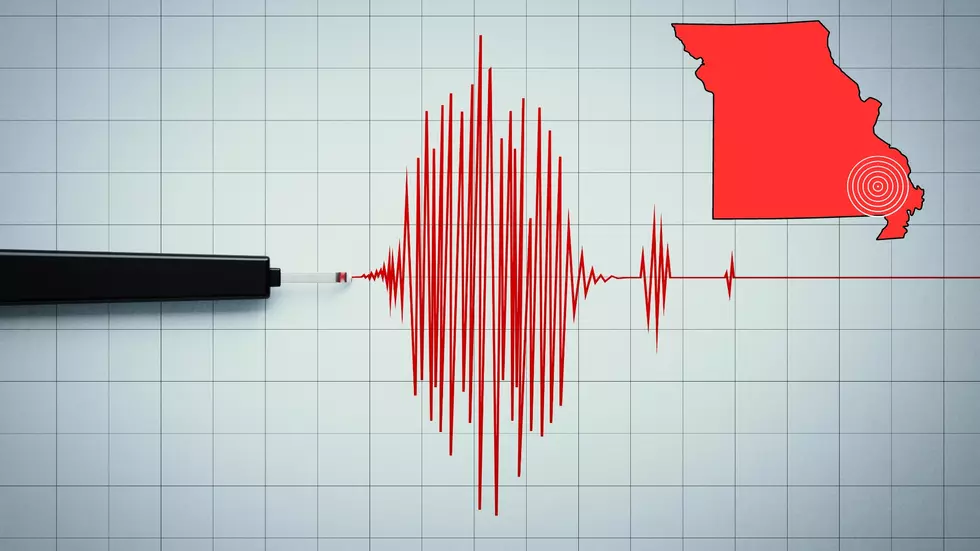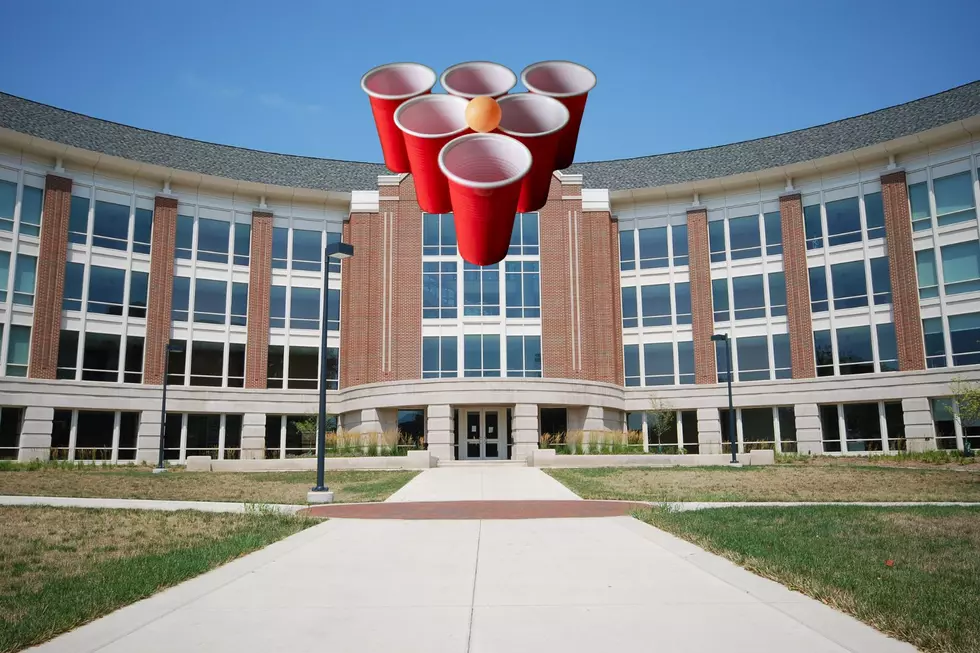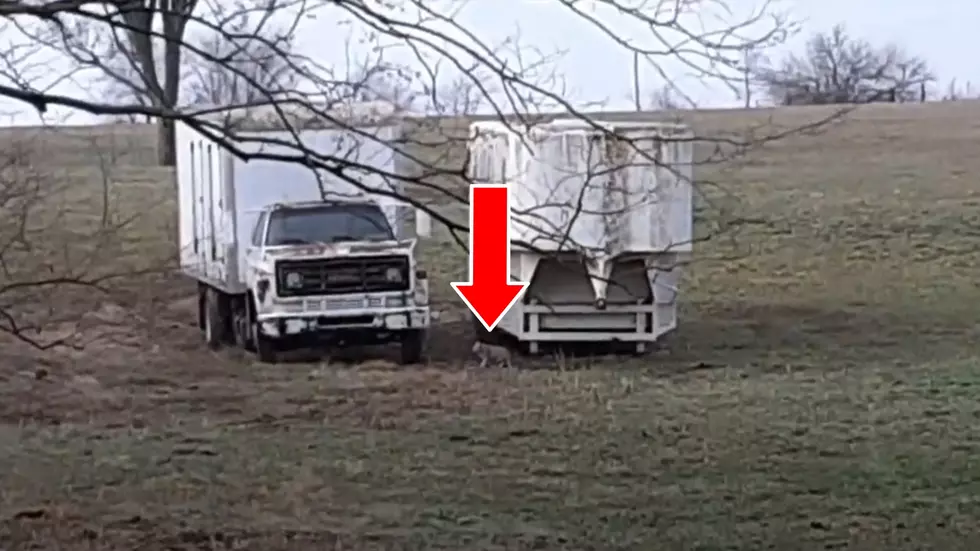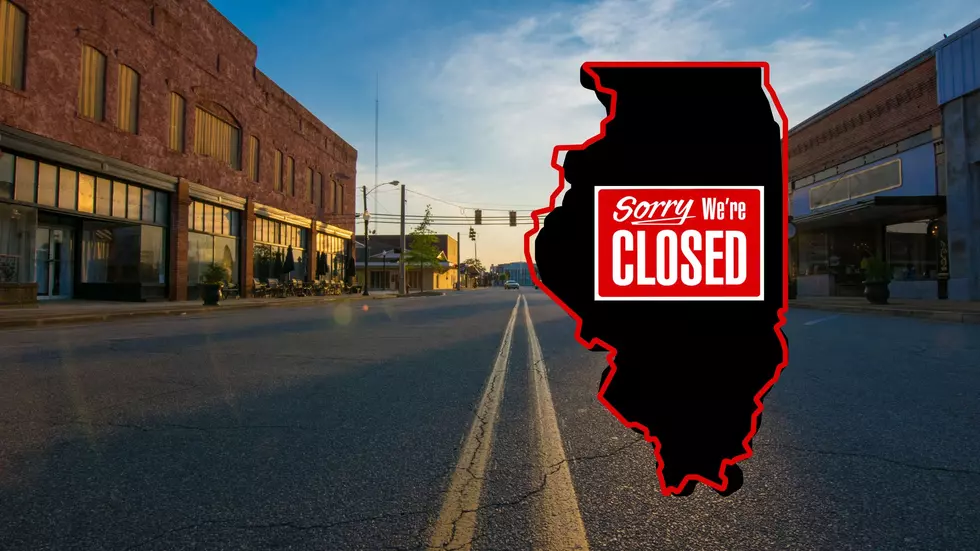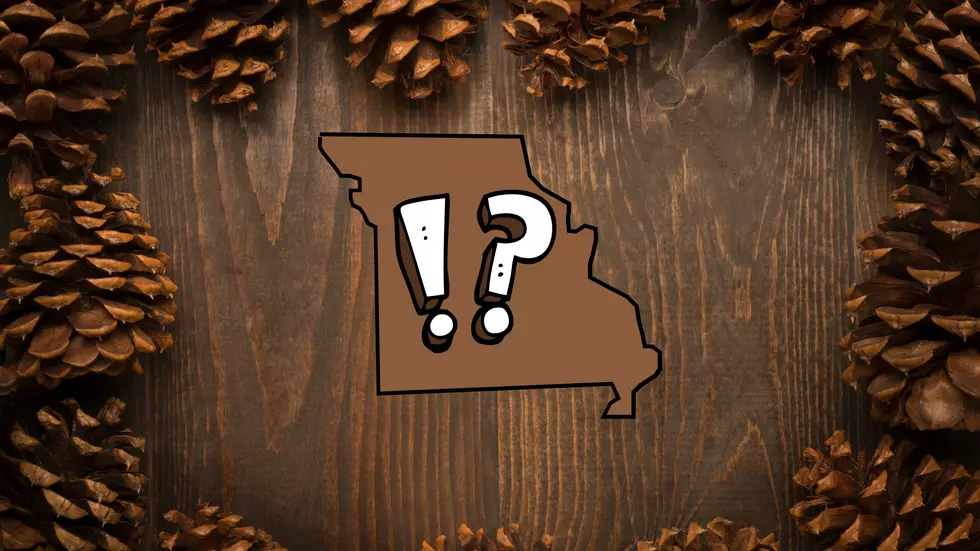Bean Farmers: Watch for Bean Leaf Beetle
URBANA -- University of Illinois professor of entomology and crop sciences Extension coordinator Mike Gray says that this year it is important to keep a watchful eye out for the twospotted spider mite, especially as we head into some very hot and dry weather in the near term.
“Because we are well ahead of schedule this spring regarding the occurrence of several pests, we should definitely scout for twospotted spider mites, particularly if we continue to have hot and dry weather,” said Gray. “Let’s hope we don’t have issues with this pest in 2012.”
Another pest to watch for is the bean leaf beetle. There have been scattered reports of beetles in seedling soybean fields. Early-planted fields are often the most at risk following mild winters. As more fields are planted, the bean leaf beetle population tends to spread out across the landscape, lessening infestation levels in any particular field.
Gray noted that densities of bean leaf beetles typically must reach 39 or more beetles per foot of row in V2+ stage soybeans for economic damage to occur. In short, large numbers of bean leaf beetles are generally required in the spring to warrant a rescue treatment.
Where did this threshold guideline come from?
In the mid-1990s, entomologists at the University of Nebraska conducted research that led to the quantification of the level of soybean foliage bean leaf beetles consume, a necessary component for calculating an economic injury level. They determined that a single bean leaf beetle could eat 13.93 cm2 of leaf tissue over 14 days.
Other factors go into the determination of an economic injury level, such as the market value of the crop, the cost of a rescue treatment, and estimated yield loss that occurs from insect feeding. At a treatment cost of $11.00 per acre and market value of $7.50 per bushel, the Nebraska researchers estimated that the economic injury level for V1 stage soybeans was 6.08 beetles per plant.
Obviously, the economic variables (value of the crop, cost to treat) have changed considerably since 1995. Market prices are higher, so as few as three or four beetles per plant might be enough to cause serious damage. An economic threshold is set below the economic injury level to allow the timely application of a rescue treatment.
“This being the case, an estimated threshold of two to three beetles per plant seems reasonable, based upon current economic conditions,” said Gray.
For 30-inch row beans (population of 150,000 plants per acre) with 8.6 plants per foot of row, this estimated threshold is equal to 17.2 to 25.8 beetles per foot of row. This adjusted threshold is lower than the threshold suggested in 1995, but a large number of beetles still have to be present for a rescue treatment to be warranted.
Producers are encouraged to continue scouting soybean fields to determine if a rescue treatment is needed. Another factor that will lessen the economic impact of of bean leaf beetle feeding on seedling soybeans is the common practice of using insecticidal seed treatments.
More From KHMO-AM 1070, News-Talk-Sports
